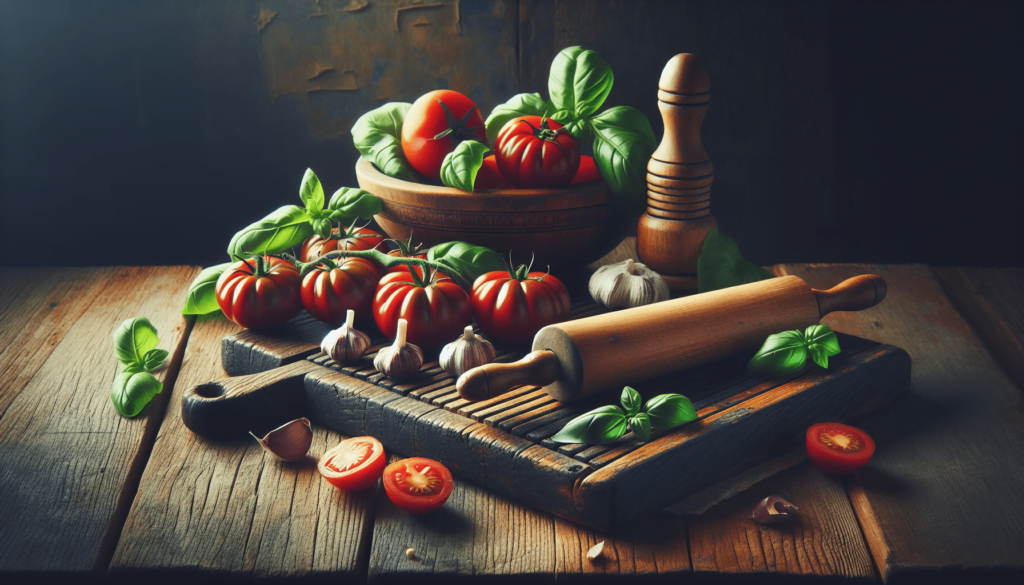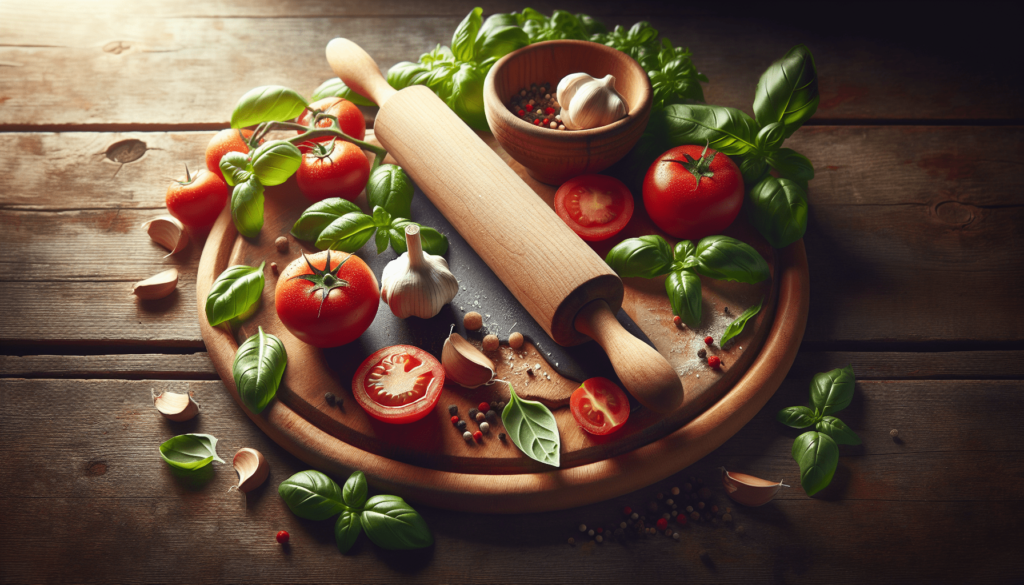Why Is It Called Culinary? Exploring the Origins and Evolution. Have you ever stopped to wonder why we use the term “culinary” when discussing the magical world of cooking and food preparation? It’s a word that encompasses so much yet is rarely dissected. Understanding its origins and evolution can deepen your appreciation for the art and science of cooking.
Table of Contents
The Intriguing Origins of Culinary
Historical Context: Where Did It Begin?
The term “culinary” finds its roots in the Latin word “culina,” which simply means kitchen. By the Middle Ages, this term started to branch out into various European languages. It began to take on a broader meaning, encompassing not just the place where food was prepared but also the skills, techniques, and artistry involved in cooking. This transformation demonstrates how language evolves to capture the complexities of human experience.
The Renaissance of Culinary Arts
During the Renaissance, culinary arts began to gain recognition as a form of art, much like painting or sculpture. Before this period, cooking was often seen as mere sustenance, a necessary chore rather than an opportunity for creativity. The Renaissance brought about a renewed interest in gastronomy, guided by texts such as Bartolomeo Scappi’s “Opera” which provided intricate and imaginative recipes. This era laid the foundation for what we know as modern haute cuisine.
The Evolution of Culinary Arts
19th Century Culinary Trends
As the 19th century rolled in, the culinary arts experienced a transformation driven by a few pivotal shifts. One significant factor was the emergence of public dining establishments, or restaurants, which originated in Paris. These places offered a variety of dishes to choose from, something unheard of in private homes where meals were typically pre-set.
Simultaneously, renowned chefs like Marie-Antoine Carême started publishing cookbooks that went beyond mere recipes. They provided a deeper understanding of ingredients, methods, and time management, thereby professionalizing the cooking process.
The Birth of Culinary Schools
The concept of culinary education took off in the early 20th century. Institutions like Le Cordon Bleu in Paris equipped aspiring chefs with the skills needed to excel in a professional kitchen. This formalized training was a game-changer, setting a high standard and elevating the overall quality of food preparation.
Recent Trends in Culinary Arts
In the 21st century, the culinary world has embraced a global perspective, incorporating techniques and ingredients from multiple cultures. There’s also a heightened focus on sustainability and farm-to-table practices, driven by an increasing awareness of environmental impact and health.

Key Concepts and Definitions in Culinary Arts
Understanding Essential Terms
- Gastronomy: The study of food and culture, with a particular focus on gourmet cuisine.
- Haute Cuisine: High-level culinary practices often characterized by meticulous preparation and presentation.
- Farm-to-Table: A movement concerned with producing food locally and delivering it to consumers as quickly as possible.
- Sous Vide: A method of cooking food slowly in a vacuum-sealed bag to retain moisture and enhance flavors.
Breaking Down the Culinary Spectrum
The culinary field can be broken down into several specialized areas:
- Pastry and Baking: Focuses on the creation of bread, pastries, and other baked goods.
- Garde Manger: The preparation of cold dishes, such as salads and charcuterie.
- Cuisine Chef: Responsible for cooking the main dishes.
- Sous Chef: The deputy chef who steps in when the head chef is absent.
Understanding these distinct roles helps you appreciate the complexity and organization of a professional kitchen.
Real-World Examples in Culinary Arts
Example 1: French Cuisine
French cuisine stands out as an enduring example of culinary artistry. Its emphasis on sauces, precise techniques, and seasonal ingredients sets a standard that chefs around the world strive to meet. French techniques like poaching, braising, and making reductions are cornerstones in many culinary schools.
Example 2: Japanese Cuisine
Japanese cuisine offers a compelling contrast. Here, the focus is on minimalism and letting the ingredients speak for themselves. Techniques like sushi-making, tempura frying, and sashimi slicing require years to master but yield dishes that are as visually appealing as they are delicious.

Comparing Different Culinary Traditions
To get a balanced view, let’s analyze two different culinary traditions:
| Italian Cuisine | Indian Cuisine | |
|---|---|---|
| Core Ingredients | Olive oil, garlic, tomatoes | Spices, lentils, rice |
| Key Techniques | Sautéing, roasting, slow-cooking | Tempering, pressure-cooking, frying |
| Popular Dishes | Pasta, pizza, risotto | Curry, biryani, masala |
| Aesthetic Focus | Rustic simplicity | Vibrant colors, rich textures |
| Cultural Impact | Influenced Western cuisines | Global influence on vegetarian dishes |
Both cultures prioritize freshness and flavor but achieve these through vastly different means, showcasing the diversity of culinary traditions.
The Impact of Culinary Arts on Society
Health and Wellness
Culinary arts have a significant impact on public health. With the rise of obesity and lifestyle-related diseases, there’s more emphasis on creating healthy, balanced meals. Chefs now often collaborate with nutritionists to design menus that are not just tasty but also nutritious.
Economic Influence
The culinary field contributes significantly to the economy. From employing millions in the food industry to influencing tourism, the economic footprint is substantial. Areas known for their culinary excellence often see a boost in tourism, proving that good food is a universal draw.
Social and Cultural Impact
Cooking has always been a means of social bonding. Whether it’s family gatherings or national celebrations, food plays a pivotal role in fostering relationships and cultural identity. Culinary arts also promote cultural exchange, allowing people to experience different traditions and flavors.
Future Directions and Implications
Predictions for the Culinary World
The future of culinary arts seems ripe for innovation. Trends such as plant-based diets and lab-grown meats are likely to gain prominence. Additionally, technological advancements like AI-driven kitchen appliances could revolutionize the way we cook and consume food.
Wider Implications
The culinary field’s evolution will likely affect many areas, from sustainability to health and even geopolitics. As the global population grows, sustainable food practices will become increasingly important. The culinary arts could play a pivotal role in addressing food scarcity and waste, making them not just an art but a necessity for future generations.
Conclusion
To summarize, the term “culinary” is deeply rooted in history, evolving from a simple reference to the kitchen into a comprehensive term encompassing all aspects of cooking and food preparation. The development of culinary arts tells a story of cultural evolution, creativity, and the drive for excellence.
So, what do you think about the culinary journey? Have you ever tried to experiment with techniques from different culinary traditions? Exploring this vast field could open new doors for both your palate and your mind. And who knows? It might inspire you to cook up something extraordinary.
THE HISTORY OF THE CULINARY ARTS
Exploring the Diversity of Global Gastronomy: From Street Food to Fine Dining
